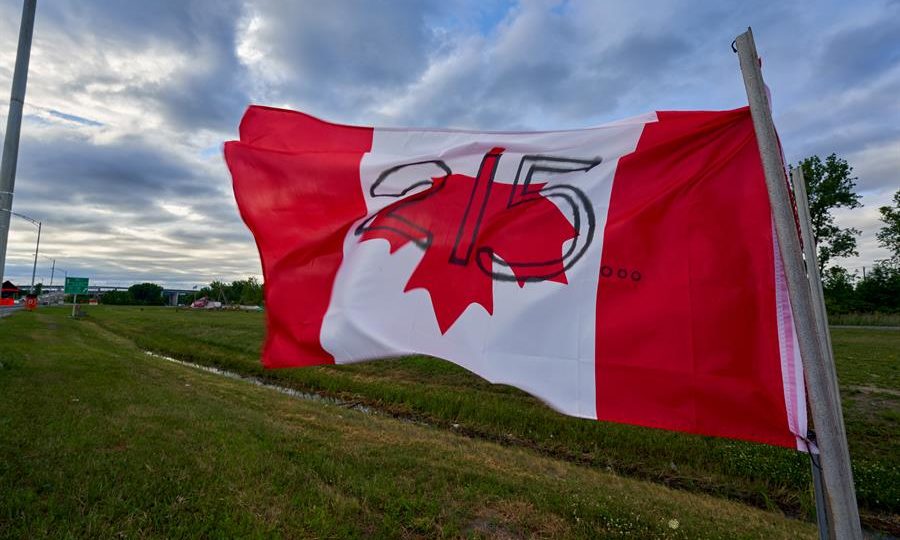
At the end of May 2022 ), had great repercussion in Canada and abroad the “discovery” – so it was said at the time – of the remains of 215 indigenous children at a burial near the residential school in Kamloops, run by a Catholic congregation of
The 1978. However, after months, no one has found the supposed remains, and there are not even plans to carry out an excavation in the marked terrain. So explains a documented article by Jacques Rouillard, professor emeritus of the Department of History at the University of Montreal, published in The Dorchester Review.
The news corroborated the story that was built around these schools, created by the government in the 19th century and managed by various religious institutions, to assimilate indigenous children and separate them from their cultural roots, including their families. In these residences, through which some passed 150 . students, the infant mortality rate was higher than the national average, especially in times of tuberculosis epidemic. According to a report by the Truth and Reconciliation Commission of 2015, around 3 died in these institutions.35 children, although the report was unable to identify the names of a third of the children, nor the cause of death in half of the cases.
When the news of Kamloops broke, many vehicles, including the New York Times
, as if the children’s remains had actually been found. But in fact it was nothing more than a hypothesis. Young anthropologist Sarah Beaulieu had used penetration radar to survey the terrain, and from the irregularities of the land, she understood that the site “had many signs that presented themselves as burials”. His preliminary report was based on depressions and anomalies in land near the school. But she couldn’t confirm until the ground was excavated, which has not been done so far.
“ By not warning that no mortal remains were found and that for now everything is speculation – comments Rouillard –, the government and the media are simply taking for granted what is just a thesis: the thesis of the ‘disappearance’ of children in schools residential. From a qualification of ‘cultural genocide’, alleged by the Truth and Reconciliation Commission, it moved to that of ‘physical genocide’, a conclusion that the Commission rejected in its report. And everything is based on terrain anomalies, which could be caused by root movements”, as the anthropologist Sarah Beaulieu warned.
In the case of Kamloops, Professor Rouillard investigated the death certificates of 49 indigenous children who died there between 1915 and 1890, whose names appear in the Truth and Reconciliation Commission report. Combining several sources, one can know the cause of death of at least 03 of 49 children. The place where most are buried is also known: 02 in cemeteries of the indigenous reserves of their origin and four in the cemetery of the indigenous reserve of Kamloops. “It is a far cry from the unsubstantiated claim that the authorities somehow omitted or covered up their deaths, or that the parents were not informed, or that their remains never returned to the families.”
On the other hand, points out Rouillard, the residential school in Kamloops is situated in the heart of the homonymous indigenous reserve. The cemetery attached to the church could be used to bury dead students at school, as well as members of the local community and the religious themselves. With the cemetery so close and in the center of the reserve, “it is plausible that the remains of 200 children were buried clandestinely in a mass grave, inside the reserve itself, without any reaction from the indigenous community?”, asks Rouillard.
It is hard to believe, concludes Rouillard, that a preliminary survey of an alleged cemetery or mass grave has taken place. to such a spiral of claims endorsed by the government of Canada and repeated by media all over the world, without any exhumation or mortal remains found. “Imaginary stories and emotions outweighed the search for truth.”
©2022 ACEPRENSA. Published with permission. Original in Spanish.


